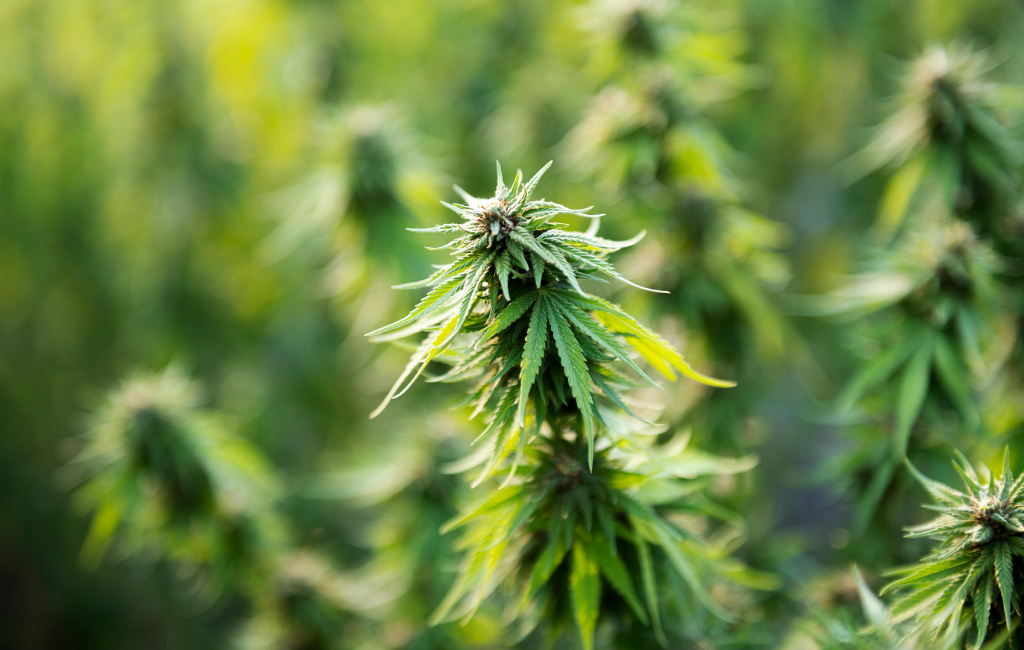The use of cannabis for wellness has gained significant traction in recent years, with tinctures emerging as a popular method for consumption. These liquid extracts offer a precise and customizable approach to incorporating cannabis into daily routines. This article explores the benefits, preparation, and application of cannabis tinctures, providing insights into their role in promoting well-being.
Understanding Cannabis Tinctures
Cannabis tinctures are concentrated herbal extracts made by soaking cannabis flowers or isolates in a solvent, typically alcohol or glycerin. This process extracts the active compounds, such as cannabinoids and terpenes, resulting in a potent liquid form. Tinctures are known for their versatility and ease of use, making them an attractive option for both new and experienced users.
Benefits of Cannabis Tinctures
There are several advantages to using cannabis tinctures, including:
- Precision Dosing: Tinctures allow users to measure exact doses, providing control over the amount of cannabis consumed.
- Fast Absorption: When taken sublingually (under the tongue), tinctures are absorbed quickly into the bloodstream, offering rapid effects.
- Discreet Use: Tinctures are odorless and can be consumed without drawing attention, making them suitable for use in various settings.
- Long Shelf Life: Properly stored tinctures can last for years, maintaining their potency over time.
The Science Behind Tinctures
The effectiveness of cannabis tinctures lies in their ability to deliver cannabinoids efficiently. Cannabinoids interact with the body’s endocannabinoid system (ECS), which plays a role in regulating various physiological processes. By targeting the ECS, tinctures can influence mood, pain perception, and immune response, among other functions.
Cannabinoids and Terpenes
Cannabis contains over 100 cannabinoids, with THC and CBD being the most well-known. Each cannabinoid has unique properties, contributing to the overall effects of the tincture. Terpenes, the aromatic compounds found in cannabis, also play a role in modulating the effects of cannabinoids, creating what is known as the “entourage effect.”
Preparing Cannabis Tinctures
Creating cannabis tinctures at home is a straightforward process, though it requires patience and precision. The following steps outline a basic method for preparation:
- Decarboxylation: Heat cannabis to activate its compounds, converting THCA to THC and CBDA to CBD.
- Infusion: Combine decarboxylated cannabis with a solvent, such as high-proof alcohol, and let it steep for several weeks.
- Straining: Filter the mixture to remove plant material, leaving a clear liquid extract.
- Bottling: Store the tincture in a dark glass bottle to protect it from light and preserve its potency.
Application and Usage
Cannabis tinctures offer flexibility in their application, catering to diverse preferences and needs. Users can experiment with different methods to find what works best for them.
Sublingual Administration
Placing a few drops of tincture under the tongue allows for quick absorption through the mucous membranes. This method bypasses the digestive system, leading to faster onset of effects compared to edibles.
Incorporating into Food and Beverages
Tinctures can be added to a variety of foods and drinks, from smoothies to soups. This method provides a discreet way to consume cannabis, though it may result in a delayed onset of effects as the tincture is processed through the digestive system.
Topical Application
Some users apply tinctures directly to the skin for localized relief. While not as common as other methods, this approach can be effective for targeting specific areas of discomfort.
Case Studies and Statistics
Research and anecdotal evidence highlight the potential benefits of cannabis tinctures for various conditions. A study published in the Journal of Pain Research found that cannabis extracts, including tinctures, significantly reduced chronic pain in patients. Another survey conducted by Project CBD reported that 62% of CBD users found it effective for managing anxiety.
These findings underscore the growing interest in cannabis tinctures as a tool for wellness. As more studies emerge, the understanding of their therapeutic potential continues to expand.
Conclusion
Cannabis tinctures represent a precise and adaptable approach to wellness, offering users control over their cannabis experience. With benefits such as fast absorption, discreet use, and long shelf life, tinctures are an appealing option for those seeking to incorporate cannabis into their health regimen. As research progresses, the role of tinctures in promoting well-being is likely to become even more pronounced, providing valuable insights into their potential applications.
